24+ Sample Leave Tracker
-
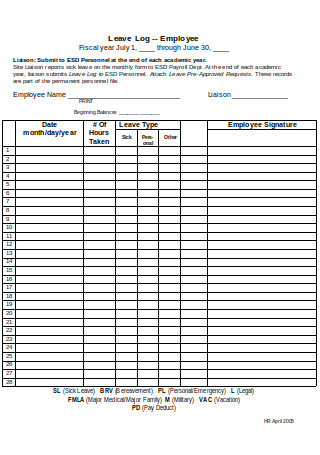
Employee Leave Tracker Log
download now -
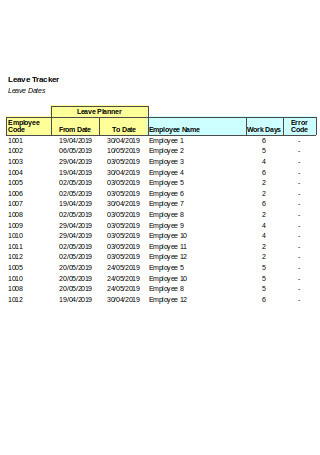
Leave Tracking Template
download now -
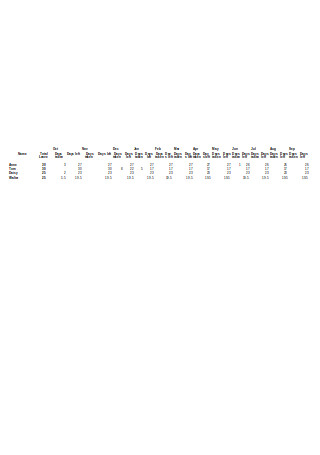
Sample Annual Leave Tracking Spreadsheet
download now -
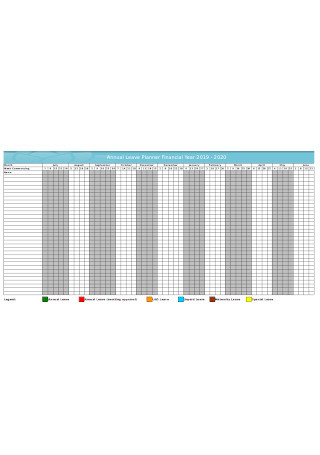
Annual Leave Planner Sheet
download now -
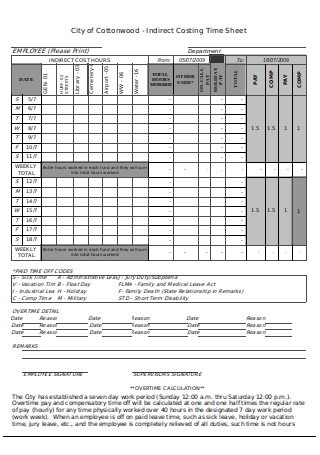
Exempt Employee Leave Sheet
download now -

Time Tracking Spreadsheet
download now -
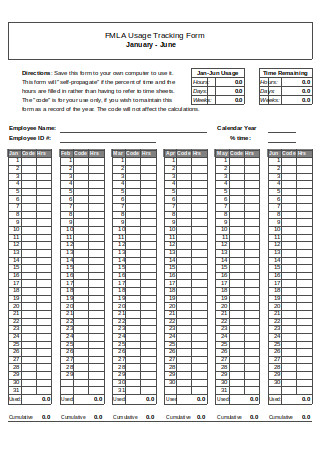
Leave Usage Tracking Form
download now -

Tracking Sheet
download now -
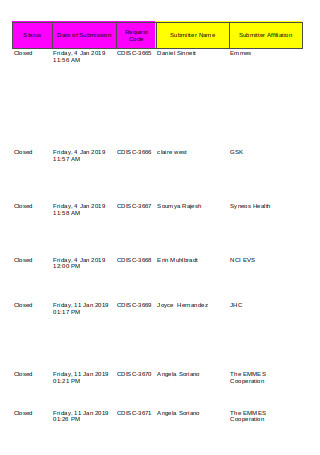
Change Request Tracker
download now -
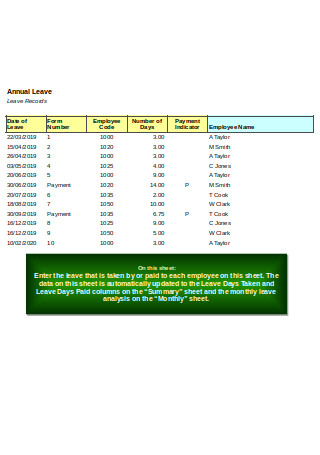
Annual Leave Template
download now -
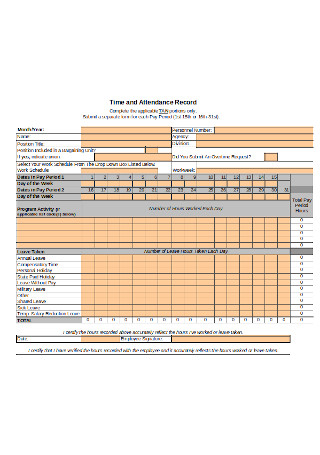
Time and Attendance Record Excel
download now -
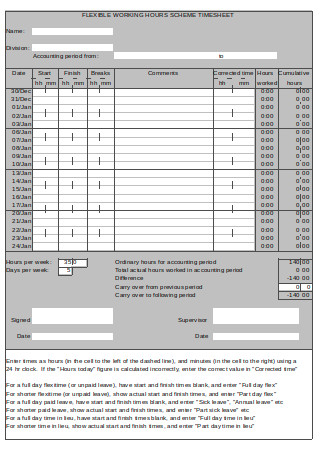
Flexible Working Hours Scheme Timesheet
download now -
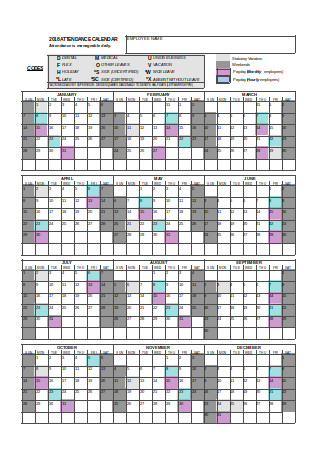
Attendance Calendar
download now -
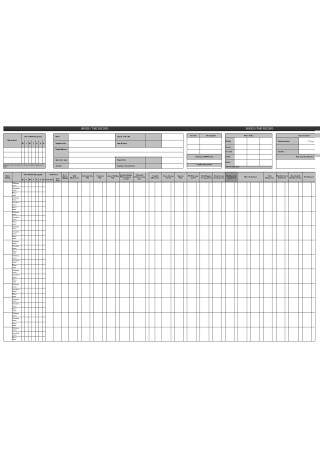
Holiday and Wage Record Spreadsheet
download now -
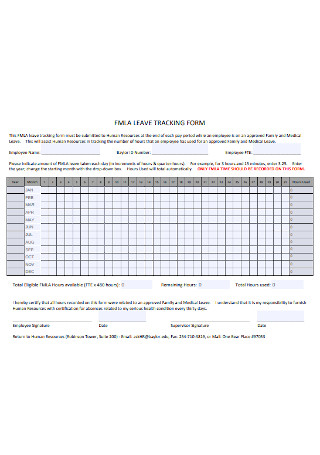
FMLA Leave Tracking Form
download now -
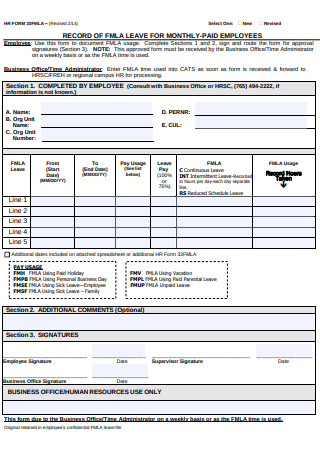
Sample FMLA Leave Tracking Form
download now -
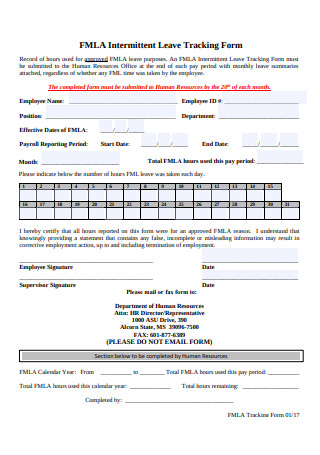
Intermittent Leave Tracking Form
download now -
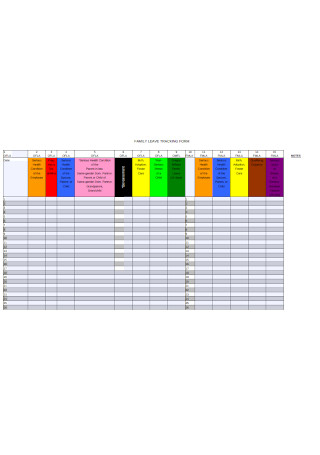
Family Leave Tracking Form
download now -
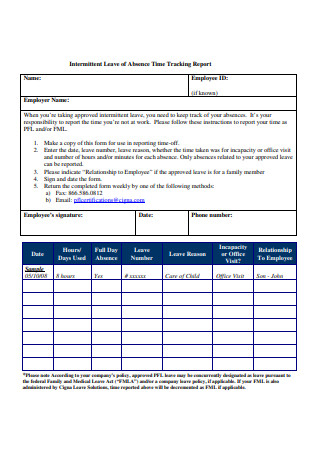
Intermittent Leave of Absence Time Tracking Report
download now -
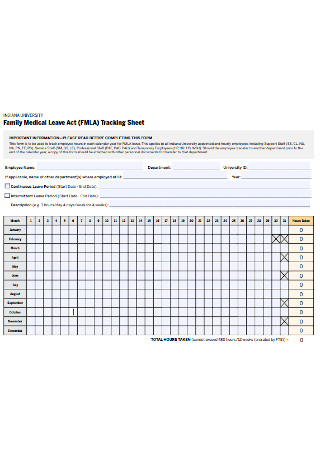
(FMLA) Tracking Sheet
download now -
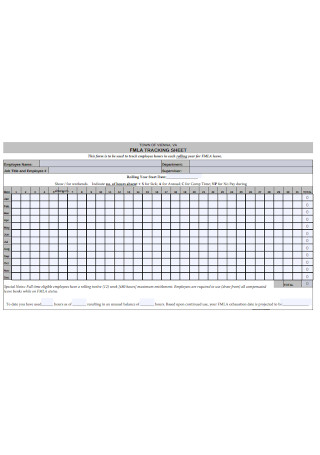
FMLA Tracking Sheet
download now -
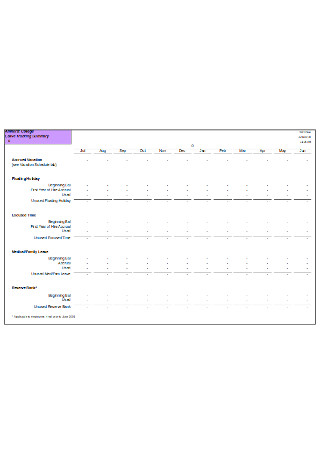
Exempt Leave Accrual Form
download now -
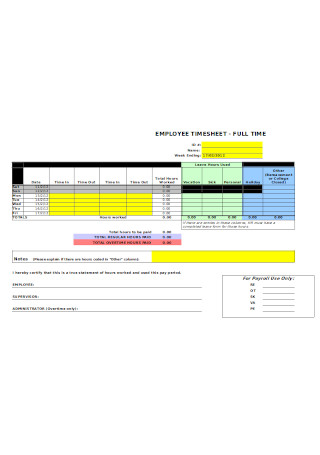
Employee Time Sheet
download now -
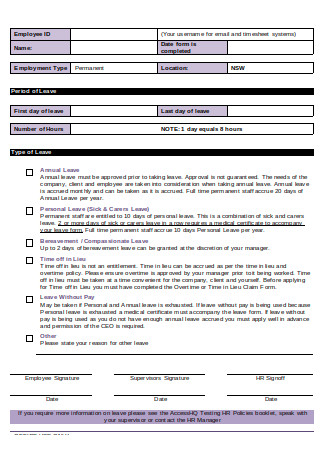
Request for Leave Form
download now -
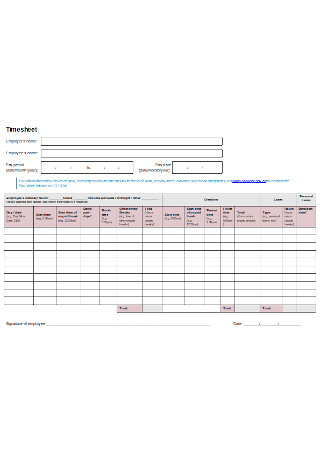
Sample Employee Time Sheet
download now
FREE Leave Tracker s to Download
24+ Sample Leave Tracker
What Is a Leave Tracker?
Types of Leave Trackers
Things to Consider When Making a Leave Tracker
7 Steps for Developing a Detailed Leave Tracker
Advantages of Creating a Highly-Usable Leave Tracker
Dos and Don’ts for Making an Excellent Leave Tracker
What Is a Leave Tracker?
A leave tracker is a tool used by the human resource department and the management of an organization to track, document, and/or record the absence from the workdays of each of their employees. Leave usages and leave credits, as reflected in the leave tracker, can be useful for purposes of attendance checking, trend assessment, performance evaluation, related reviews, and payroll. There are different kinds of leave credits and entitlements that the employees of an organization can use which is why having a leave tracker can truly come in handy.
Types of Leave Trackers
Leave trackers can be in different forms. This tool can also be presented and interpreted by companies differently. The proper selection of the leave tracker that your business needs can help you make the document as usable as possible. With this, make sure that you have an understanding of the different kinds or types of leave trackers that you can come up with. Some of the most common types of leave trackers include the following:
1. Sick Leave Tracker
A sick leave tracker is the type of tracking tool that is specifically used for sick time tracking. Your employees are entitled to paid sick leaves which is why it is very important for you to track the appropriate usage of these so that any of your workforces will veer away from abusing sick leave credit availability.
2. Vacation Leave Tracker
An estimate of 50% of paid vacation leaves was forfeited by American workers last 2017 (source: glassdoor). As much as you want your employees to be in full-attendance every single time, it is actually beneficial to your organization as well if you will give them the time to relax and unwind outside the premises of the business. Use a vacation leave tracker so you can support your employees who have filed an employee vacation request form while still considering the rights, needs, and requirements of the organization.
3. Unpaid Leave Tracker
If an employee does not have any paid leave credits anymore but he or she still needs to attend to an emergency, this is where the available and approved usage of unpaid leaves enter. Unpaid leave is almost as equivalent to being absent from work. The only difference is that unpaid leaves sometimes need to be filed first before absence from work can be approved. When developing your unpaid leave tracker, make sure to review the personal leave policy of your company.
4. Maternity or Paternity Leave Tracker
Different companies have different maternity and paternity leave policies. With this, it is essential for you to first refer to these policies before you begin the creation of your leave tracker. Ensuring that the details of your leave tracker are aligned and in accordance to the specifications of your maternity and/or paternity leave policies can help you focus on the entitlements of mothers and fathers who are working for your organization as employees.
5. General Workforce Leave Tracker
If you want to have all types of leaves tracked in one document, you may opt to use a general workforce leave tracker. This type of leave tracker uses different legends or markers that can showcase and represent the different kinds of leaves that your employees have already used within a given time period.
Things to Consider When Making a Leave Tracker
Your leave tracker should be well-made so you can easily and efficiently use it anytime. There are some variables and elements that you have to observe or look into so you can ensure the proper development of your desired leave tracker document. Are you now in the process of planning the features and the visual presentation of your leave tracker? Some of the most important things that you have to consider as you try to make a leave tracking tool include the following:
7 Steps for Developing a Detailed Leave Tracker
Do not get overwhelmed with all the details that are associated with the development of a leave tracker. Look into the minute segments or areas of the document and break down the process of developing the leave tracker into manageable pieces. In this way, it will be easier for you to digest all of the things that you need to prepare for and do. Below is a seven-step process that you can follow if you want to develop a detailed leave tracker for your business, organization, or establishment.
Step 1: Find the Best Downloadable Pre-Formatted Leave Tracker Template That You Can Modify
One of the first things that you have to do if you are planning to create a leave tracker is to find the most suitable template that you can optimize. Look for a leave tracker template that can help you with the organized and proper placement of the document’s header, title, instructions for use, and purpose of development discussion.
Step 2: Write the Departments That Make Up Your Organization
After formatting the layout of the leave tracker and presenting the basic information that can make the document identifiable, list down the departments of your organization. This can help you make sure that there will be a systematic listing of all of your employees based on the department where they are designated.
Step 3: List Down the Names of All Of Your Employees
Put the name of each employee under their department. Make the sequence of the list alphabetical to make the document look more organized. Make sure that you will accurately spell the names of your employees as any wrong information can impact the efficiency of the leave tracker.
Step 4: Specify the Time Duration in Which a Particular Leave Tracker Will Be Used
Your leave tracker should be time-sensitive. Categorize your tracking efforts per week or per month so you can have a set of dated compilation at the end of your operational year. Be specific with the days of your business operations and make sure to mark holidays.
Step 5: Mark the Days When Particular Employees Did Not Go To Work
Review the leave forms and other related documents submitted by your employees if they would like to file for a leave. All approved leaves must be recorded in the tool that you are making. Know how to properly mark the days where leave credits are used. More so, know how to make distinct legends per type of leave being used if you are using a general leave tracker.
Step 6: Use an Area of the Leave Tracker Where You Can Take Down Notes
For payroll and for leave requirement updates, we suggest you have an allocated space at the bottom of your leave tracker where you can write down notes and reminders. This can be very useful especially if an employee whose leave has been approved still needs to submit additional documents for the recording of leave usage to be finalized and formalized.
Step 7: Evaluate the Effectiveness and Efficiency of the Leave Tracker’s Usage
Have a test run or dry run that can help you measure the leave tracker’s ease of use. Adjust or modify layout features until you are already satisfied and comfortable with the leave tracker’s structure. Polish the document and prepare it for actual usage.
Advantages of Creating a Highly-Usable Leave Tracker
Leave tracking and leave management are important processes that your organization must prioritize. The absence of any of your employees can impact your operations which is why you have to always be prepared. More so, reviewing the attendance performance and actual leave usage of your employees through the leave tracker can help you to see trends that can be useful when managing your workforce. Do you still know how you can optimize a leave tracker? To make you appreciate the specific document even more, here are some of the advantages of creating a highly-usable leave tracker:
Dos and Don’ts for Making an Excellent Leave Tracker
Are you already considering the development of a leave tracker? Do not be hesitant when it comes to this matter as the specific document can truly provide your organization with a lot of benefits and advantages as long as you will develop it mindfully and strategically. There are certain things that you should focus on once you finally decide to come up with your own leave tracker. Below are some of the tips and guidelines that you can try to incorporate in the processes of planning, developing, and using an excellent leave tracker.
Do’s
1. Do Know the Particular Type of Leave Tracker That You Need
Are you creating a general leave tracker? Or do you want to make one that is specifically made to track a particular type of leave entitlement usage? As shown above, there are different types of leave trackers that you can come up with. Hence, you have to make sure that you are fully aware of the specific kind of leave tracker that you will develop. Being able to do this can help you to select a suitable template and put together the specific leave information that can make your output comprehensive.
2. Do Mindfully Plot the Features of Your Leave Tracker
As you develop your organization’s leave tracker, it will be best if you can first come up with a draft that can layout and finalize the foundation of the document. Know the features that your leave tracker would like to have so you can find ways on how to incorporate these in the template that you have selected. Plotting the sections or areas of your leave tracker can also make it easier for you to ensure the completion of all the information and items that are expected to be seen in the document.
3. Do Make Your Leave Tracker as Understandable as Possible
Your leave tracker should be properly organized. The systematic presentation of leave information can make it easier and more efficient for any of your organization’s stakeholders to review the document’s content when necessary. Make sure that all of the content, legends, and representations in the leave tracker are understandable. In this manner; you can ensure the transparency, ease of use, and credibility of the document.
Don’ts
1. Don’t Use a Leave Tracker With a Confusing Layout or Format
The selection of your leave tracker template is not solely for purposes concerning aesthetic. You have to create a leave tracker that is well-formatted as the structure of the document should not confuse you or any stakeholders with what the specifications within the leave tracker mean. The confusing or misleading layout can cause misinterpretations and misunderstandings which can negatively affect the relationship of the human resource department and the management to its employees especially if the usage of a poorly made leave tracker resulted in unnecessary pay-cuts.
2. Don’t Create an Unreliable Leave Tracker
It is important for you to ensure that your leave tracker is always updated and at its most reliable. Creating a leave tracker that has not been updated for the longest time can only make it harder for you to use it as a credible source of information. Aside from updating the leave tracker from time to time, you also have to make sure that the document is free from any falsified, inaccurate, or wrong information.
3. Don’t Give Open Access to the Leave Tracker of Your Organization
You have to set limitations when it comes to the people who can access the leave tracker. If you have specific leave trackers per department, make sure that only the managers, administrator, heads, supervisors, and/or any other appointed member of the department have access to the leave tracker. Limiting access to the document can help you lessen the possibility of data manipulation which can directly affect the development of payroll, the evaluation of employees’ attendance performance, and the updating of leave credits.
If you think that you are already prepared to come up with an effective leave tracker, do not hesitate to download and use any of the references that we have listed above. Pick as many templates and samples as you can before you narrow down your options to the ones which you think can truly help you develop the specific leave tracker that your organization needs.
